Help! Storm-Damage - What to do & How to stop it
- Heritage Tree Care Ltd.

- Feb 16, 2022
- 4 min read
Updated: May 26, 2023
Ireland is a stormy country, the storm currently raging outside being no exception.
On stormy days, we get inundated with calls- most commonly due to fallen limbs or even fallen trees, obstructing or destroying people’s property. So we thought it appropriate that our first blog post should be about storm-related tree damage.
This blog shall include some advice on:
Prevention- How to protect your property
How do storms damage trees?
How to prevent tree-damage
What to do after a severe storm
How do storms damage trees?
Severe weather can cause mechanical damage to your house, your decking, your trees; basically anything sitting outside at the mercy of Irish weather. But how exactly does a storm damage a tree? The answer is in multiple (and cumulative) ways!
Stem-failure: Your tree’s stem can fail, often at wounds or cavities. This will cause the stem to split and branches may collapse.
Crown-twist: Your tree’s trunk can literally be twisted by the wind, especially if it has areas of weakness, like old-wounds and cavities.
Blow-over: Your tree can be physically uprooted by gale-force winds. Especially if the soil is softened by heavy rain or snow storms.
Root-failure: Your tree’s roots can be pulled or snapped, causing your tree to fall or lean.
Branch failure: Your tree’s branches can be victim to 'downbursts'. This will result in them tearing downwards, along the stem and snapping off.
Lightening strikes: These can cause acute stress to trees. They generate so much heat that they vapourise the inside of a tree. This will cause the wood to rupture and the bark to dislodge.
Prevention
Are you scared of that giant tree rocking back and forth, a little too enthusiatically, right outside your window? Scared of it falling on your house and caving in your roof? Scared of large horizontal branches dropping on your car or kids? As dramatic and fear-mongering as it sounds, these things do happen, so you need to be careful and prevent them!
1. Look Up!
Look up into your trees canopy and see if there are any areas of dead wood, branches dying back from the tip, areas that have no leaves, or large crossing-over limbs. If you have any concerns, even the smallest concern, then it is wise to employ ISA Certified Arborists ® to inspect your trees.
Highly qualified arborists like us, will be able to carry out a visual tree assessment, and highlight any risky areas, defective branches, weak joins etc. in the canopy. We will then be able to carry out the pruning or deadwood removal necessary to mitigate this risk. We prune trees back to safe growth points, ensuring the tree's continued longevity; essentially, training your trees to improve their form. This will ensure you and your property’s continued safety.
If your tree is a lovely decurrent tree, standing proud in the middle of a field, then you might also want to watch out for a spiral scar running down the length of the trunk. This is an indication that your tree has been struck by lightning. Do check out our specialist tree services page to find out more about lightning protection systems and when your should install one.
2. Look Down!
Does your tree have fungi growing at it’s base (trunk-flare). Does your tree have open wounds or hollow sections in its trunk. Is the majority of the root-system visible? Are there any girdling (choking) roots visible? Is your tree sitting at a precarious angle on a bank perhaps?
These factors are often warning-signs that your tree has root defects. Perhaps poor anchorage... Poor anchorage means poor stability, and poor stability means your tree could get blown over by the not-so-gentile Irish gales.
You can tell if your roots are likely damaged by looking to see if the soil is disturbed, over-saturated or compacted. These conditions will reduce the water and mineral up-take of a tree, allowing Armillaria (root-rot fungus) to become well established, and eventually your tree will decline and fail in a windstorm.
Our arborists are trained to understand all this complex tree physiology, and be good diagnosticians, so if you are unsure then just give us a call.
3. Previous Care
Only you know the history of care for your trees. Even if your tree looks OK to you, it may be that past-injuries have made it susceptible to storm-damage. Often one of the largest inducers of risk is previous improper care practices. If you have employed 'loppers' in the past, who have hacked your trees, then the poor cuts they have made are likely harming your trees.
Stress factors are cumulative. Different conditions that stress a tree can lead to a spiral of decline. So, those wounds, made by those bad tree surgeons, are basically open doors for pests, fungi, pathogens and disease: All of which damage your tree internally, making it far more prone to storm damage.
What to do after a storm?
When assessing your trees after a storm, take safety precautions and consider these hazards:
Damaged trees may be touching (directly or indirectly) electrical wires. You could get electrocuted as your body will provide an easier earth-route, for the electricity, than the tree. Removing trees or branches in close proximity to electrical lines requires years of knowledge and experience, and even then accidents happen. Steer clear and call an arborist!
Another obvious hazard is broken limbs hanging overhead. Similarly uprooted trees fallen or resting on vehicles or built-structures. Best to not try and move them yourself, be safe and call an arborist!
Trees and limbs under tension my react unexpectedly when cut or moved. This could result in spring-back, seriously harming you, and likely your property too.
Basically if you can see that your tree has been severely storm-damaged, then stay clear of the area around it and call an arborist to come and sort it out for you.
What will Heritage do?
When called, we will come an assess your trees. We will check for present or potential hazards associated with the damaged tree. These include checking for cracks in trunks or limbs, heaving soil and dangerous dead-wood. We will record the extent of the damage and advise you as to whether the tree can be saved, what maintenance it will require, or sadly if it will require removal.
Please note that tree work operations—especially debris cleanup—are inherently dangerous and should be carried out by a professional arborist!













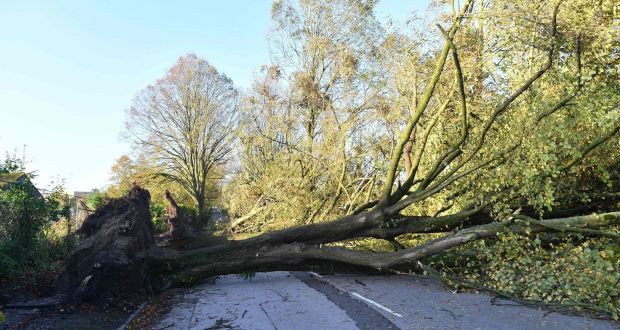



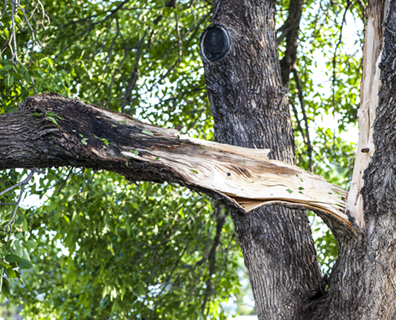









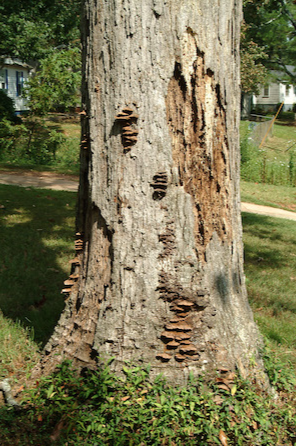

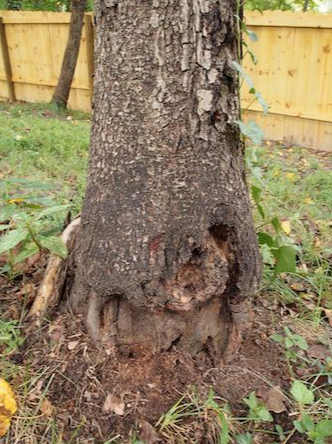

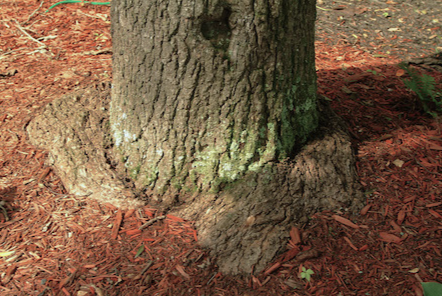

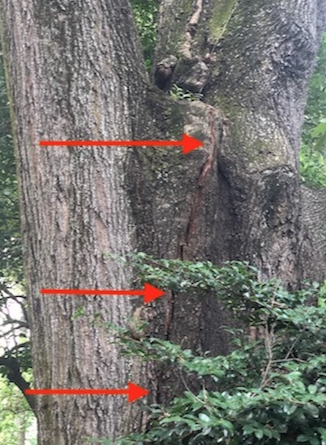

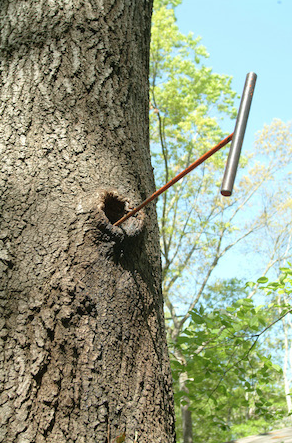

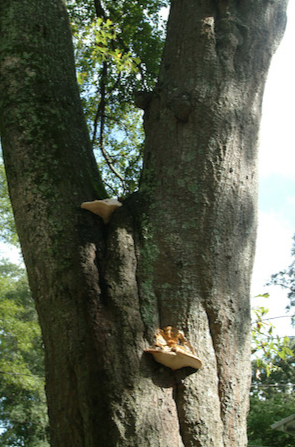



Comments